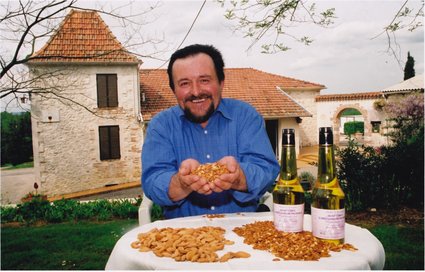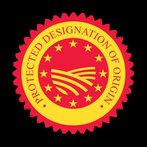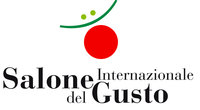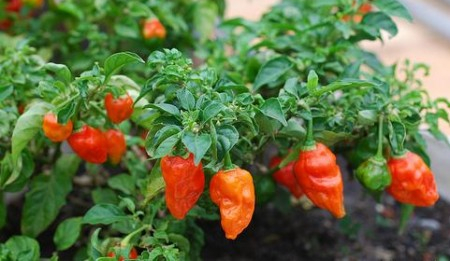Mission Statement: To bring the best quality ingredients to local culinary professionals from proven regional suppliers at fair prices with exceptional customer service.
To do so, we consider the following pillars essential:
Knowledge comprises sharing our active learning about product categories, differences within these categories and the specific history, context, and provenance of each ingredient, in addition to their nutritional, scientific and sensory characteristics. We believe such background is important to proper selection, appropriate use, and creative inspiration, which we encourage with detailed product information and recipe suggestions from well-known chefs. We share our knowledge in person and through our website.
Like many of our customers, we also maintain a library of classic and essential works on ingredients and their use in regional cooking, including our heroes from Point to Ducasse, Apicius to Locatelli, Child and David to Keller and Oliver, as well as the indispensable reference works of Brillat-Savarin, Larousse and Alan Davidson.
More importantly, our daily conversations with suppliers and chefs refine, update and broaden our knowledge of each season's ingredients and their behavior in cooking, which we in turn share openly with our community.

People are the bearers of ingredient quality, tradition, culture and knowledge. We know each of our suppliers personally and where practicable have visited them at the site of production. We impart deeper product knowledge to our chefs, whom we know similarly well through regular conversations, meetings and tastings - and we listen to their needs and feedback.
We seek to be the link between small, quality regional producers and talented local culinary professional, thereby connecting quality artisans in a productive, economic manner. For this reason, long term personal relationships are of highest importance, and we pride ourselves on integrity and listening carefully to both our customers and suppliers.
Origin, meaning the land, people and surrounding culture of an ingredient, essentially contributes unique characteristics to each item we offer. For this reason, we state the region or village of every item in our catalogue - ensuring tradition and authenticity, and where possible traceability and single-origin standards.
PDO / IGP : Place and tradition
Quality linked to place and tradition naturally has mystique and appeal - for good reason. Local environmental factors - terroir, microclimate, and genetics - combine with essential human elements - centuries of proven know-how, care and family reputation - to create inimitable magic.
We support the EU's Protected Designation of Origin (PDO) and Protected Geographical Indication (PGI) marks, which guarantee the uniquely special characteristics of foods produced in a specific geographical area according to local traditions and know-how. All European protected foods (and those under application) are catalogued in the DOOR database.
Based on local appellation systems (such as the French AOC, Italian DOP, and the Spanish DO) as well as the international ORIGIN program, these marks provide clear consumer information, while legally protecting and commercially promoting rural production. We refuse to deal in imitations of protected items. At the same time, we always keep our eyes peeled for foods under application or that have yet to be discovered by the appellation system.
Traditional Consortia are a great resource for finding local products and learning about their traditions and proper use. We provide links on our website to all consortia which guarantee IGP and other local standards and provide education about the ingredients, production and traditional and modern applications. In our case, this includes aceto balsamico, cheeses, charcuterie, chocolates, nuts, olive oils, and spices.



Organic / BIO
We tend to believe in the quality and value of organic production. However, we do not exclusively sell organic products, as we do not believe certification alone guarantees quality product or the most appropriate or authentic version of product to serve the customer's needs. Many IGP/DOP guidelines, for example, hold their products to traditional standards much higher than a generic organic specification, while also respecting the land which has sustained these traditions for centuries.

Fair Trade vs. Fairly traded
Similarly, we believe that by knowing our producers personally, we have an understanding of production processes and their social implications. Sometimes a Fair Trade certification corresponds with excellent product, as is often the case with chocolate and coffee. However, Fair Trade certification alone does not guarantee highest quality product or even necessarily best social practice. One of our chocolate producers, for example, insists on paying higher than Fair Trade prices for their cocoa from their organic co-op suppliers, who in turn re-invest into the local society and infrastructure, while practicing sustainable and equitable agriculture. These suppliers go well beyond the limits of Fair Trade (which focusses on a fair price) to provide stronger social, environmental and quality standards.

The Slow Food movement and some things in common with it
While we refrain from strictly adhering to only one standard or philosophy, as buyers we share the Slow Food movement's support of quality food and the consumer's responsibility to protect food heritage, tradition and culture - and the environment, animals and people that produce it. Deeper knowledge of production and support of local producers are key tenets to which we also subscribe. Whether at home or abroad, we always seek quality and responsible local suppliers and do our best to promote them.


Our team is personable, knowledgeable, courteous, fair, honest and trustworthy - in short, dependable. We are ready to handle almost any query and are good to our word. Our principles include quality, diversity, fair pricing, responsive customer service and efficient logistics. Environmentally, we limit our energy and resource use, minimize product packaging and carbon footprint, and actively recycle all packaging materials.
Alvinci Partners Kft. | H-1055 Budapest Markó utca 7. I/4b. | +36 30 565 9131 | info@alvincipartners.hu

